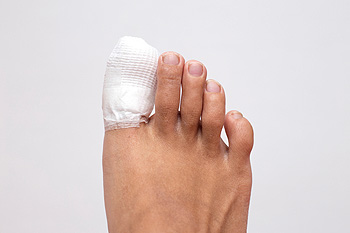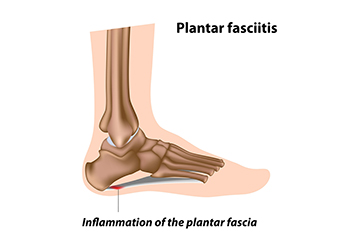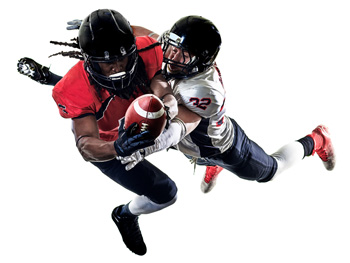
Athlete’s foot is a common infection that can affect a wide range of individuals. This fungal infection is caused by ringworm, and it can be spread by walking barefoot on highly trafficked public surfaces like pool sides. It is important to note that the fungus causing ringworm thrives in environments that are both warm and moist which is why athlete’s foot is often developed after walking barefoot in public locker rooms. There are several steps you can take to avoid developing athlete’s foot. First, you might consider wearing socks, shoes, or slippers when walking around the house. If a member of your household has athlete’s foot, the infection can be spread to others through bath mats, floors, and other surfaces. Second, it might be wise to wash and disinfect items that make frequent contact with the feet. Namely, you could diligently wash any towels, socks, or sheets that encountered another person’s bare feet. If you believe that you have athlete’s foot or want to learn more about methods of prevention, contact a podiatrist.
Athlete’s foot is an inconvenient condition that can be easily reduced with the proper treatment. If you have any concerns about your feet and ankles, contact one of our podiatrists from Canonsburg Podiatry Associates. Our doctors will treat your foot and ankle needs.
Athlete’s Foot: The Sole Story
Athlete's foot, also known as tinea pedis, can be an extremely contagious foot infection. It is commonly contracted in public changing areas and bathrooms, dormitory style living quarters, around locker rooms and public swimming pools, or anywhere your feet often come into contact with other people.
Solutions to Combat Athlete’s Foot
- Hydrate your feet by using lotion
- Exfoliate
- Buff off nails
- Use of anti-fungal products
- Examine your feet and visit your doctor if any suspicious blisters or cuts develop
Athlete’s foot can cause many irritating symptoms such as dry and flaking skin, itching, and redness. Some more severe symptoms can include bleeding and cracked skin, intense itching and burning, and even pain when walking. In the worst cases, Athlete’s foot can cause blistering as well. Speak to your podiatrist for a better understanding of the different causes of Athlete’s foot, as well as help in determining which treatment options are best for you.
If you have any questions please feel free to contact our office located in Canonsburg and McMurray, PA . We offer the newest diagnostic and treatment technologies for all your foot and ankle needs.





